Here are a few tips from Marc Apfelstadt to help increase the amount and variety of birds in your yard. He’s a certified volunteer for the National Wildlife Federation, so you can consider him a “Yard Habitat Specialist.” The remainder of this article is from him.
—
Set specific goals before you begin creating your wildlife haven. Make the transition easier to manage by starting small. Even minor changes will increase the diversity of birds you attract.
Wildlife has four essential needs: cover, food, water, and places to raise young. For a bird, a typical manicured lawn is too barren. The worms found there probably taste like chemicals anyway!
Cover
Birds need a place to hide from predators. This will make them feel safe and comfortable. The best kind of cover is a combination of trees and shrubs at varying heights that mimic the natural landscape. Before heading off to your nearest nursery, investigate native plant species for your area.
I suggest that you arrange the plantings in a tapered angle. Fill the perimeter with tall trees, and then plant shorter trees that can take shade. Add shrubs next, then add ground cover in the center. This provides safety for the majority of bird species. Consider coniferous trees for plantings on the north & west sides of your home to block winter winds, deciduous trees work best on the south and east to provide shade in the summer.
Water
A bath need be no more than 2 or 3 inches in depth. If you already have a bath with deeper dimensions, put a layer of rocks inside to raise the floor level. Try to keep it clean and full at all times. Provide roughly 10 feet of clear space from the nearest cover; close enough for birds to escape a predator and far enough that they can see one approaching. Running water is best, the sound alone will bring birds.
Places to raise young
The right combination of trees and shrubs will provide plenty of nesting places.
If you want bird houses, learn about the kind of bird species you want to attract first. House size, placement, and hole size need to match the species you target. A good place to start learning is a nearby store that specializes in bird equipment and native plants. So is your local Audubon chapter.
Food
To draw in a variety of birds, provide a variety of food. Naturally occurring food is your best bet. Feeders will bring birds out where you can see them, but they’re not a complete food source. If you want the birds to move in permanently, give them a combination of varied height native fruit, seed, and, nut bearing plants.
It may take a couple of years to incorporate all of the ideas I’ve shared, but just a few minor changes can help improve the bird variety you see.
—
Here are a couple of shots that Marc shared with us. Thanks Marc!
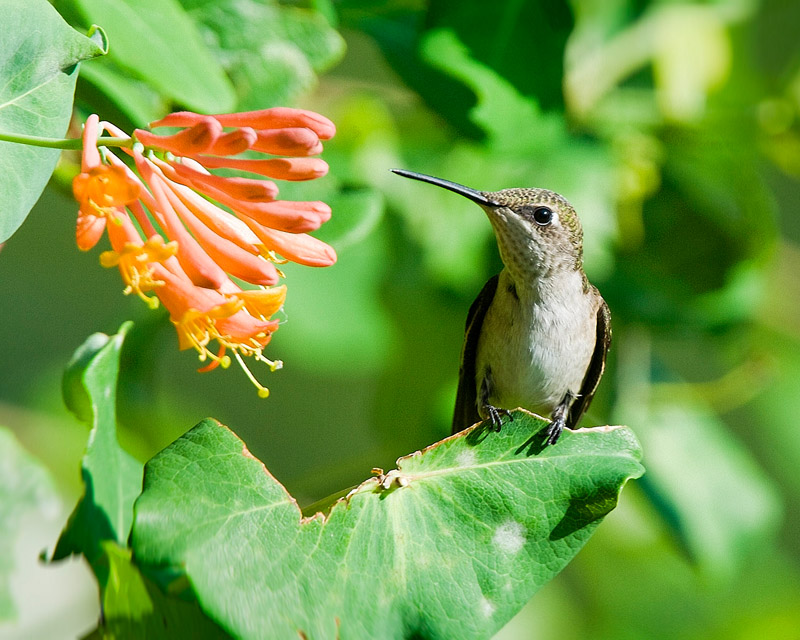
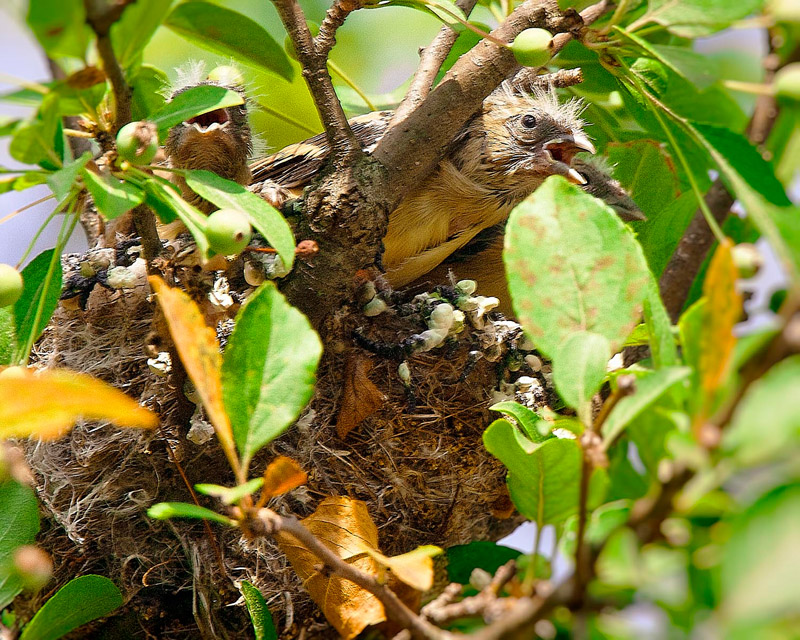
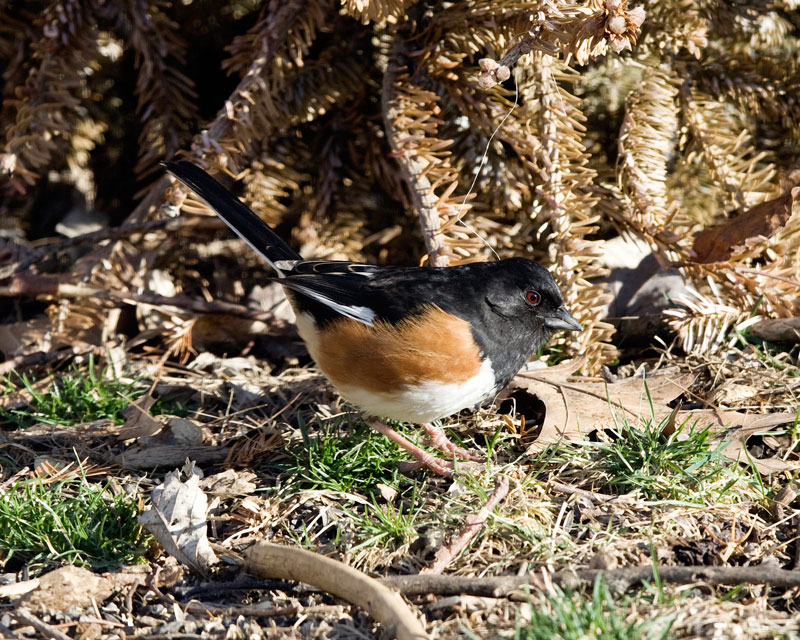
Try Exposure Today







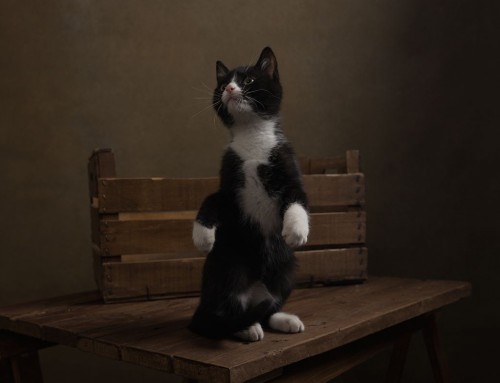


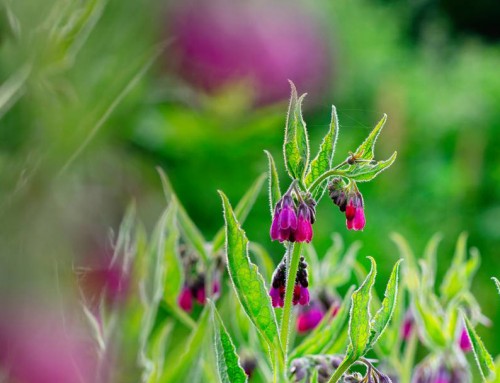
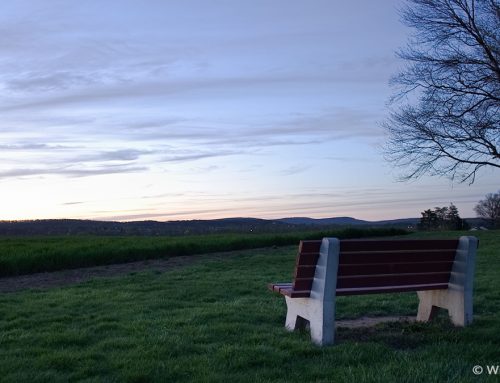
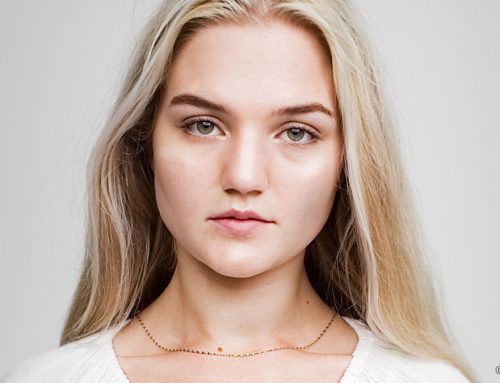
Great work. Don’t shoot until you see the whites of their eyes! Being into ornithology, I can appreciate the technical skills, patience and equipment that is capable of these type of images.
Great work Marc! Love the beautiful shots you have taken.